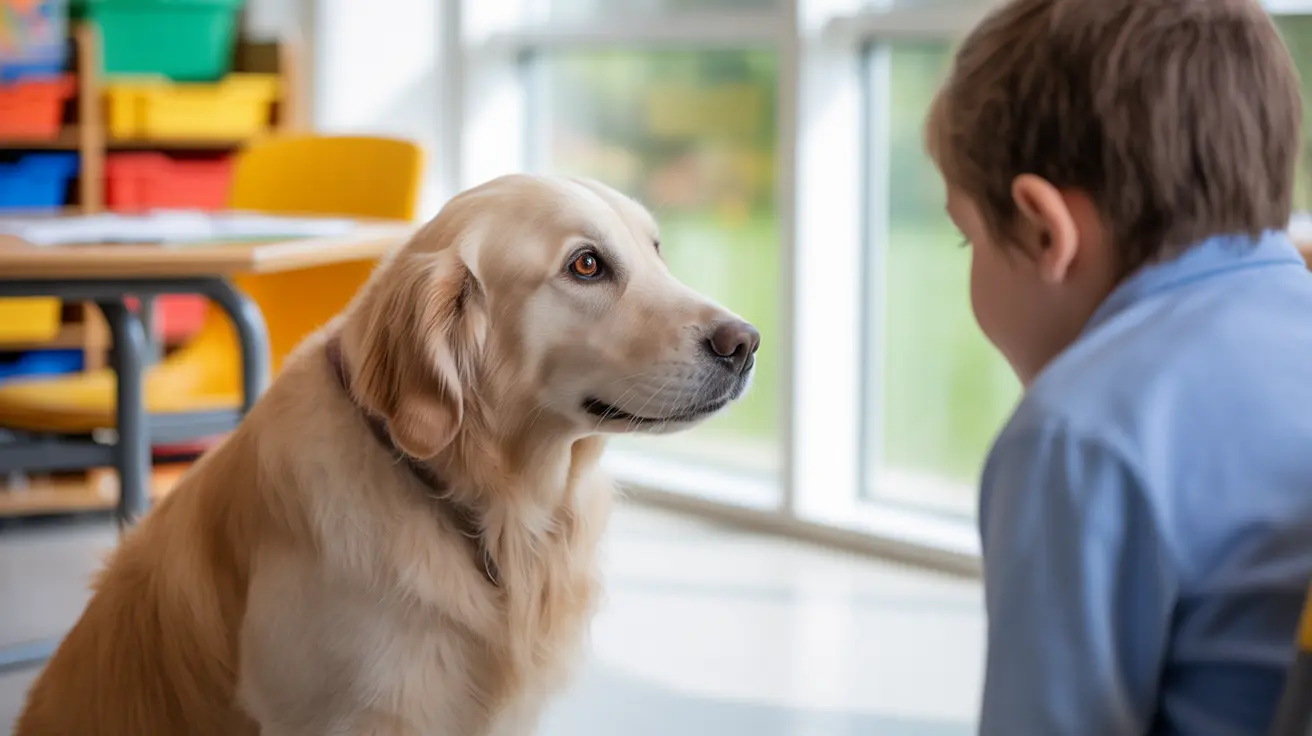Vegetables Dogs Should Avoid: A Pet Owner’s Guide
Feeding vegetables to dogs can be highly beneficial when done correctly. However, not all vegetables are safe or suitable for canine consumption. While many vegetables offer vitamins, antioxidants, and fiber that support digestion and overall health, others can lead to serious health problems. Understanding which vegetables are harmful is essential for maintaining your dog’s well-being.
Why Certain Vegetables Are Dangerous to Dogs
Dogs have different digestive systems than humans and may react poorly to various compounds that we easily metabolize. Some vegetables contain substances that are toxic to dogs or difficult for their bodies to digest.
- Allium family (onions, garlic, leeks): These vegetables contain thiosulfate, which can damage red blood cells in dogs, leading to hemolytic anemia.
- Wild squashes and ornamental gourds: These varieties can be bitter due to high levels of cucurbitacins, compounds that are toxic and irritating to the digestive tract.
- Mushrooms: While some mushrooms are edible for humans, wild mushrooms may contain toxins deadly to dogs if ingested.
- Raw potatoes (especially green ones): These contain solanine, a glycoalkaloid that can be toxic to dogs, causing nausea, vomiting, and cardiac issues.
- Rhubarb leaves: Contain oxalates, which can interfere with calcium absorption and cause kidney failure.
Vegetables to Feed with Caution
Some vegetables are typically safe when cooked and served properly but may pose risks if given raw, unpeeled, or in large quantities.
- Squash: Most types like butternut and zucchini are safe when peeled, de-seeded, and cooked. Avoid raw winter squashes and decorative gourds.
- Pumpkin: Plain, cooked pumpkin can aid digestion. However, pumpkin puree with added sugars, spices, or xylitol must be avoided.
- Broccoli and cauliflower: High in fiber and nutrients but can cause gas or stomach upset in large amounts.
- Spinach: Contains oxalic acid which can affect calcium absorption if consumed excessively.
Safe Practices for Feeding Vegetables to Dogs
- Cook Vegetables: Always steam, boil, or roast vegetables to make them digestible.
- Avoid Additives: Do not use oils, salts, butter, or seasonings. These can be harmful or toxic.
- Start Small: Introduce new vegetables in small portions to monitor for allergies or digestive issues.
- Remove Skins and Seeds: Especially in squashes, skins and seeds may pose a choking hazard or cause blockages.
- Use in Moderation: Treats should be no more than 10% of a dog's daily caloric intake.
Symptoms of Toxicity in Dogs
If your dog consumes a harmful vegetable, you may notice:
- Vomiting or diarrhea
- Loss of appetite
- Lethargy or weakness
- Excessive drooling
- Discolored gums
- Difficulty walking
If any of these symptoms occur, consult a veterinarian immediately.
Consult Your Vet When in Doubt
Before introducing any new food to your dog's diet, especially if your pet has pre-existing conditions or allergies, it’s best to talk to your veterinarian. Personalized dietary guidance helps boost your dog’s health and longevity.
Conclusion
While vegetables can enrich your dog's diet with valuable nutrients, know which ones to avoid is just as important. Onions, garlic, wild squashes, raw potatoes, and mushrooms are examples of dangerous vegetables that can cause serious issues. Stick to safe, vet-approved choices like cooked squash or pumpkin, and always feed in moderation. With the right knowledge, vegetables can be a healthy and enjoyable part of your dog’s diet.





